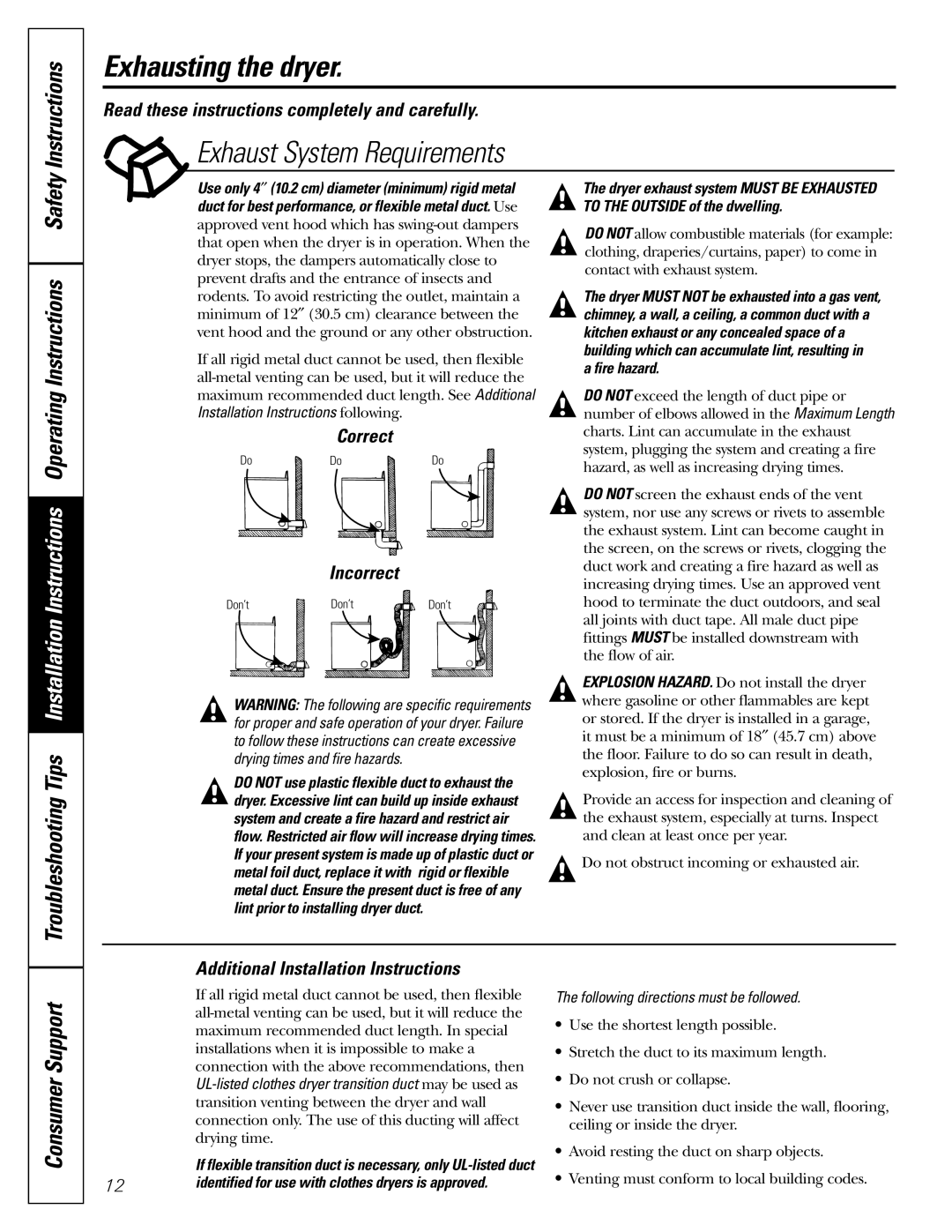DBI.333 specifications
GE DBI.333 is a cutting-edge digital banking infrastructure product developed by General Electric, specifically designed to enhance the financial services sector. As traditional banking systems evolve, the demand for robust, scalable, and secure digital banking solutions has surged. The DBI.333 stands out in this landscape, offering a comprehensive suite of features that cater to various banking needs.One of the defining characteristics of the GE DBI.333 is its modular architecture, which allows financial institutions to customize their digital banking platforms according to their specific requirements. This flexibility enables banks to integrate the latest technologies quickly, ensuring they remain competitive in an ever-changing market. The modularity also facilitates seamless upgrades, minimizing downtime and maintaining service continuity.
In terms of core functionalities, DBI.333 incorporates advanced customer relationship management (CRM) tools, enabling banks to offer personalized services tailored to individual client needs. Enhanced analytics capabilities provide actionable insights, helping institutions to understand customer behavior and trends better. This data-driven approach empowers banks to optimize offerings, tailor marketing strategies, and improve overall customer engagement.
The platform is built with cutting-edge security features, recognizing the paramount importance of safeguarding sensitive financial data. Advanced encryption protocols and biometric authentication methods ensure that customer information is protected against potential threats. Additionally, the DBI.333 complies with the latest regulatory standards, which is crucial for maintaining trust and credibility in the banking sector.
Another significant advantage of GE DBI.333 is its scalability. The system is designed to handle varying workloads, making it suitable for both small community banks and large multinational financial institutions. This scalability ensures that institutions can grow without having to overhaul their digital systems, thus protecting their initial investments.
Moreover, the integration of artificial intelligence and machine learning within the DBI.333 enables enhanced decision-making capabilities. These technologies facilitate automated processes, reduce operational costs, and improve efficiency in transaction handling and fraud detection.
Overall, GE DBI.333 is a transformative digital banking solution that combines flexibility, security, and efficiency. Its innovative features and integration of modern technology empower financial institutions to navigate the complexities of today’s banking environment, ultimately leading to improved customer satisfaction and business growth. With GE DBI.333, banks are well-equipped to meet the challenges of the future.

